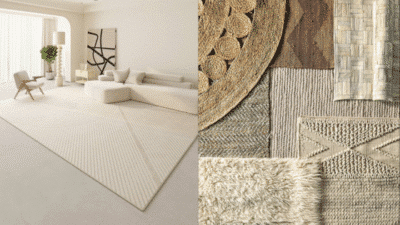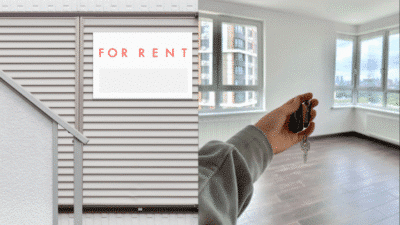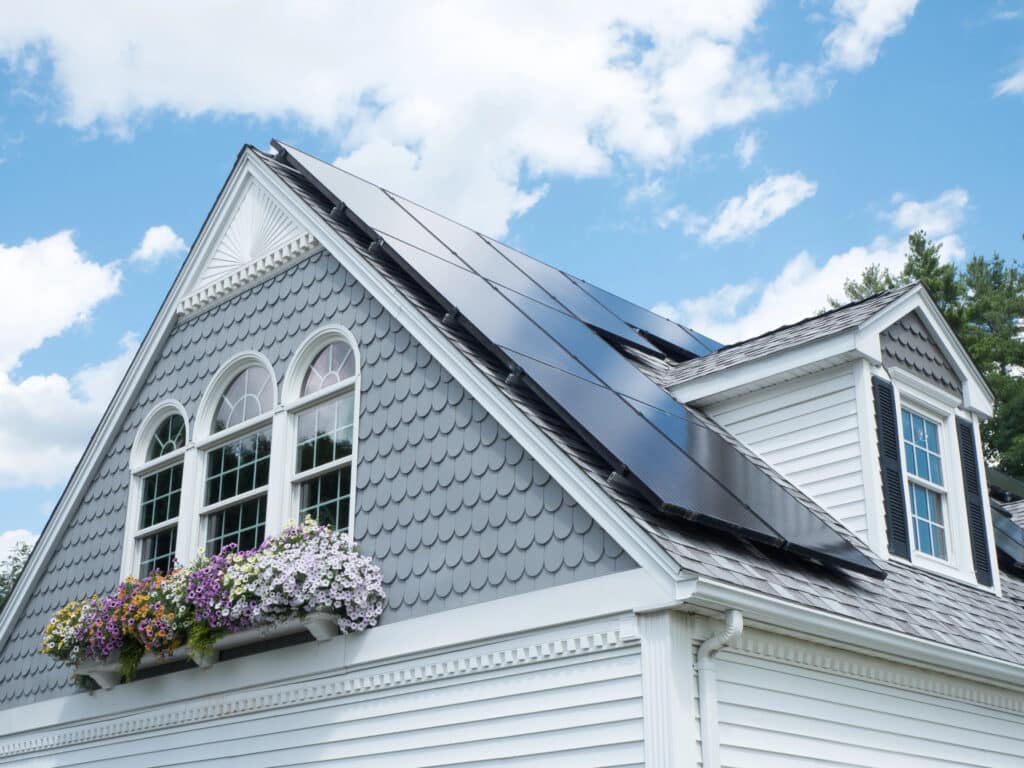
Solar panels and metal roofs often work well together, making the combination popular among homeowners and businesses looking to improve energy efficiency. Metal roofs provide a durable, long-lasting surface that can easily support solar panel installations without causing damage or reducing lifespan. This compatibility can save time and money compared to other roofing materials.
Understanding how solar panels attach to metal roofs and the types of metal roofing that work best is essential to maximize performance. Proper installation ensures both the energy system and the roof remain secure and functional for many years.
Understanding Solar Panels And Metal Roofs
Metal roofs come in different materials and profiles, which affect installation methods and solar panel compatibility. The interaction between solar panels and metal roofing impacts energy efficiency, roof integrity, and long-term maintenance.
Types Of Metal Roofs
Common metal roofing materials include steel, aluminum, copper, and zinc. Steel is often coated with zinc or other finishes for corrosion resistance. Aluminum resists rust better and is lighter, ideal for coastal areas.
Metal roofs come in panels or shingles. Standing seam panels have raised vertical seams, allowing easy attachment of solar panels without roof penetration. Corrugated panels have ridges but require mounting brackets that penetrate the roof.
Installing metal roofing requires precise sealing and fastening to prevent leaks and ensure longevity. The choice of metal type affects durability, weight, and cost, which in turn impacts solar panel installation strategies and system lifespan.
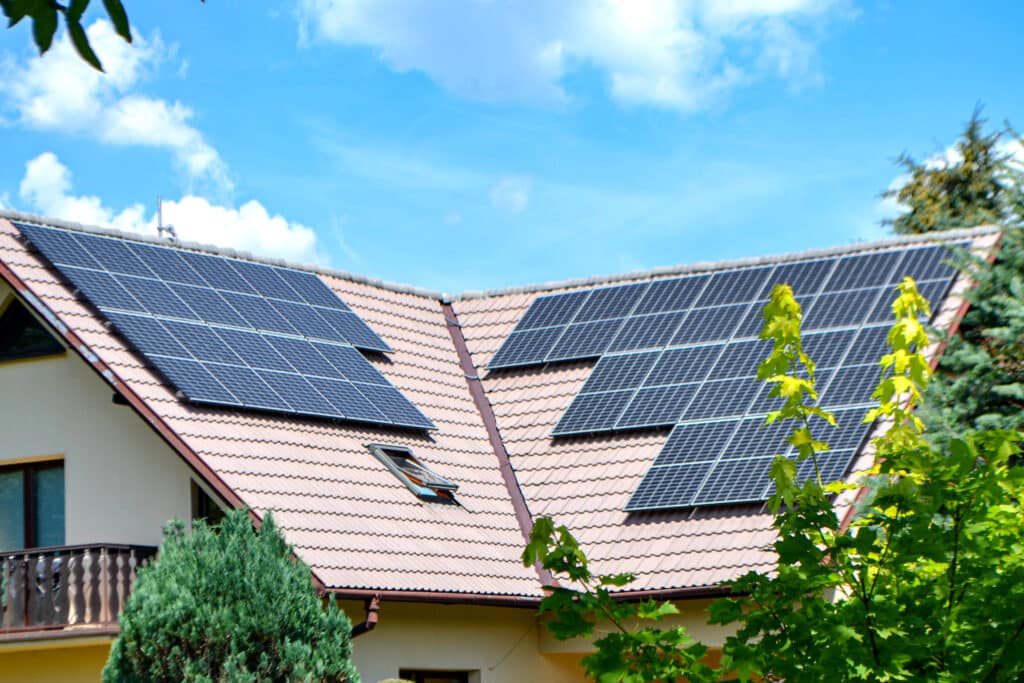
How Solar Panels Work With Metal Roofing
Solar panels on metal roofs can be mounted using clamps or brackets designed for the roof type. Standing seam metal roofs allow for non-penetrating clamps, reducing the risk of leaks. Other metal roof types usually need drilled and sealed mounts.
Metal roofs reflect heat well, which can lower roof temperature and improve solar panel efficiency by preventing overheating. Proper spacing and mounting height also improve airflow beneath panels, enhancing performance.
Installing solar panels on metal roofs typically involves weighing roof condition and structural support. Metal roofing’s strength supports solar array weight better than some other roofing materials, making it a preferred option for many installations.
Longevity And Performance Benefits
Metal roofs are durable, often lasting 40 to 70 years. This longevity aligns well with solar panel lifespans of 25 to 30 years, reducing the need for roof replacement during solar system operation.
The durability of metal roofing reduces maintenance costs and risks of damage when solar panels are installed. It resists common problems like cracking and warping, which can affect solar panel mounts on asphalt or wood roofs.
Performance-wise, metal roofs enhance solar energy output due to better heat reflection and cooling. Their structural integrity supports heavier solar arrays, allowing for larger or more efficient installations without compromising roof safety.
Key Installation Considerations
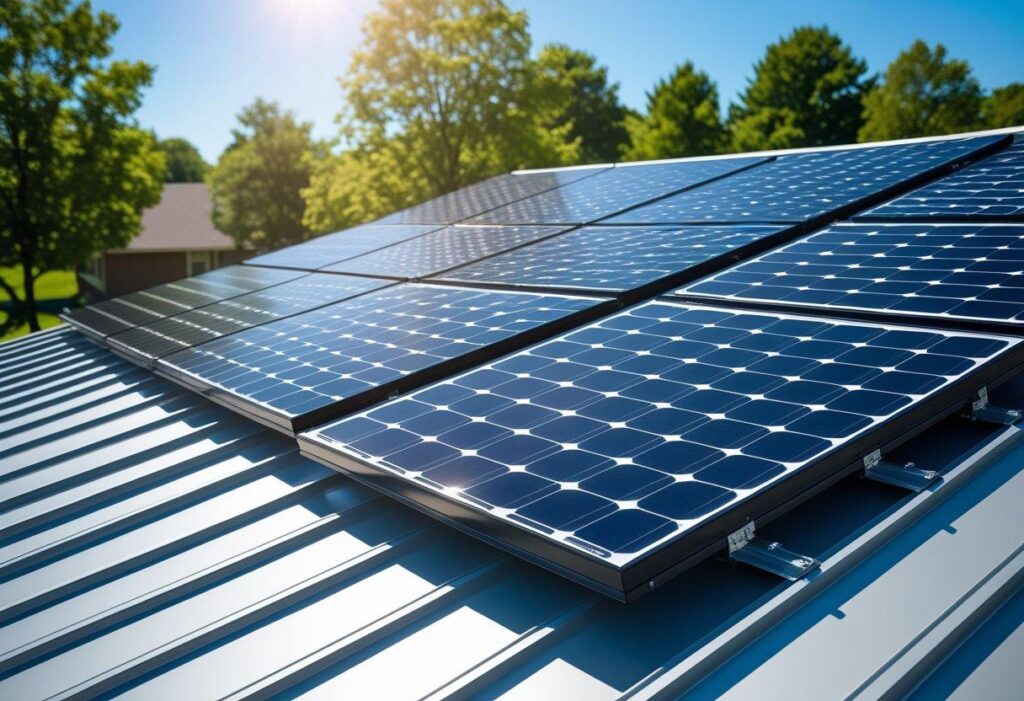
Proper installation ensures optimal performance and longevity of solar panels on metal roofs. Factors such as roof compatibility, mounting choice, and weatherproofing affect efficiency and safety.
Compatibility Factors
Metal roofs vary in materials and profiles, such as standing seam, corrugated, and metal shingles. Standing seam roofs are ideal because solar mounts can clamp directly to seams without penetrating the roof, reducing leak risks.
When installing metal roofing, it’s critical to verify roof condition and ensure it can support the additional load of solar panels. Age, structural integrity, and roof slope also influence system design.
Electrical grounding and bonding must comply with local codes. Metal roofs can serve as a grounding path, but installers should check compatibility with the solar array and mounting hardware.
Mounting Systems For Solar Panels
The choice of mounting system depends on the metal roof type. For standing seam roofs, clamps attach to seams without drilling, preserving roof integrity.
On corrugated or other metal roofs, penetration mounts are needed, requiring careful sealing and flashing to prevent leaks. These mounts involve bolts through the roofing material into underlying framing.
Some mounting options include:
- Clamps: Quick to install, no roof penetrations.
- Rails with Penetrations: Provide flexibility but need sealing.
- Adhesive mounts: Less common but avoid penetrations.
Proper mounting ensures panel alignment, resistance to wind uplift, and ease of maintenance.
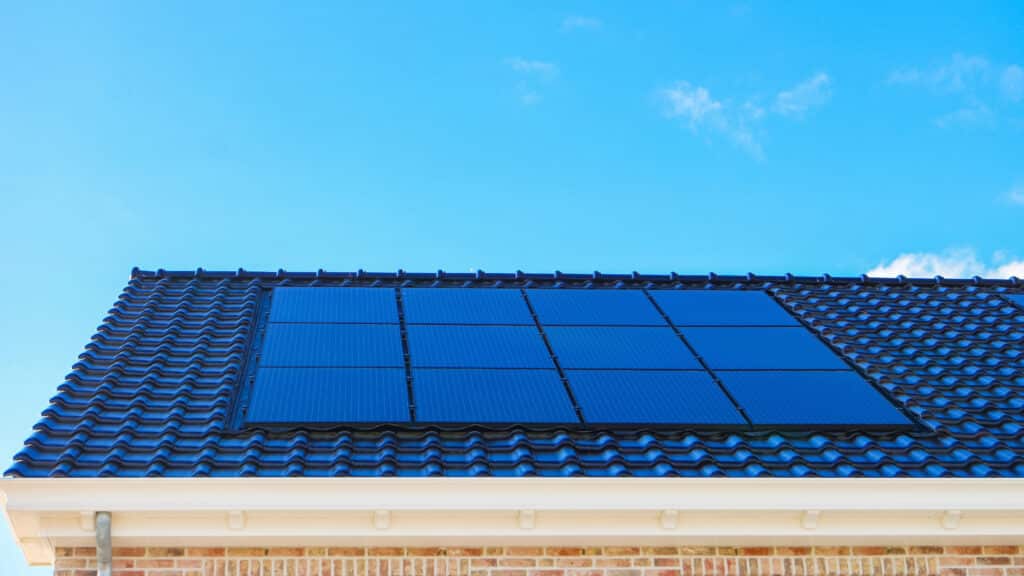
Weatherproofing And Durability
Installing solar panels on metal roofs demands thorough weatherproofing to avoid water infiltration. Penetrations for mounts must use high-quality flashing and sealant compatible with metal roofing.
Metal roofs are durable but can expand and contract with temperature changes. Mounting hardware must accommodate this movement to prevent fastener loosening or roof damage.
Regular inspection is advised after installation to check for seal integrity and hardware tightness. Using corrosion-resistant materials extends the life of the solar mounting system and the metal roof itself.
Cost, Maintenance, And Environmental Impact
Solar panels and metal roofs have distinct cost factors, upkeep needs, and impacts on the environment.

Cost Of Installation And ROI
Metal roofs generally cost between $5 to $12 per square foot, depending on material and style. Solar panel installation ranges from $15,000 to $30,000 for an average home system.
The durability of metal roofs often leads to lower replacement costs and fewer repairs, which can reduce overall expenses. Combining solar panels with metal roofs can improve return on investment (ROI) because the metal roof supports solar efficiency and longevity.
Incentives like tax credits and rebates typically cover 26% or more of solar installation costs. Payback periods vary but often fall between 7 to 12 years based on energy savings and local energy prices.
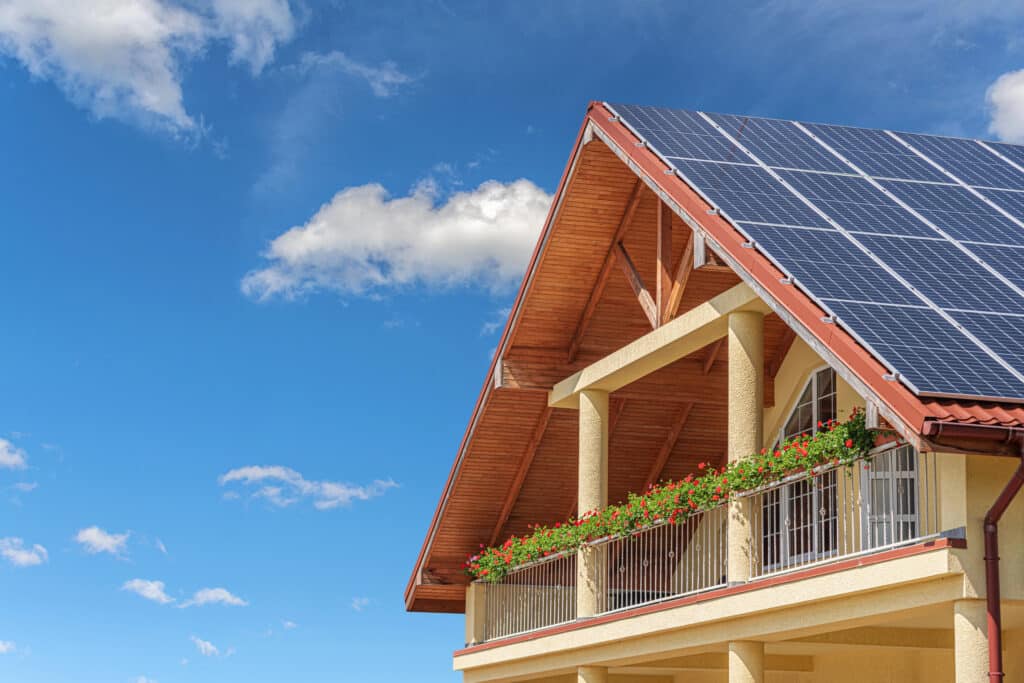
Maintenance Requirements
Metal roofs require minimal maintenance, mostly involving inspections for loose fasteners and debris removal. They are resistant to corrosion and weather damage, which lowers upkeep over time.
Solar panels also need periodic cleaning to maintain efficiency, especially in dusty or shaded areas. Annual professional inspections ensure electrical components are functioning properly.
Sustainability And Energy Efficiency
Metal roofs reflect heat, reducing cooling costs and enhancing a home’s energy efficiency. Their long lifespan—up to 50 years or more—limits material waste compared to asphalt shingles.
Solar panels convert sunlight into renewable energy, cutting fossil fuel usage and greenhouse gas emissions. Properly installed panels on metal roofs maximize energy capture due to cooler roof temperatures.
- 0shares
- Facebook0
- Pinterest0
- Twitter0


